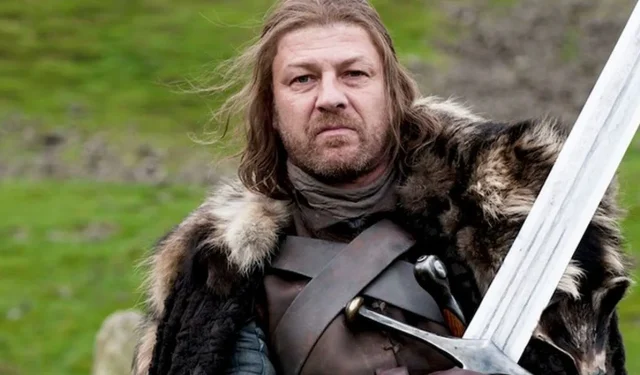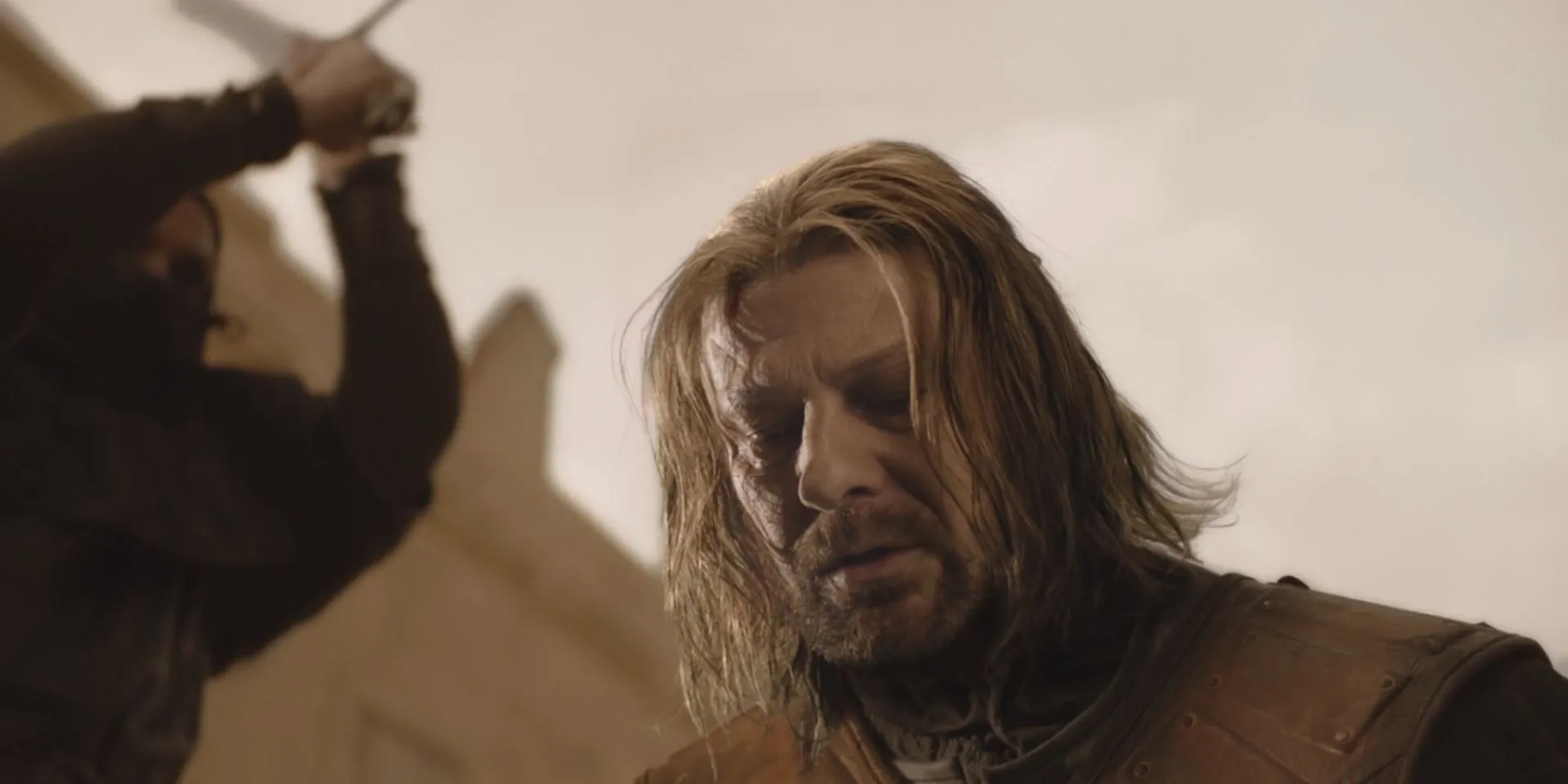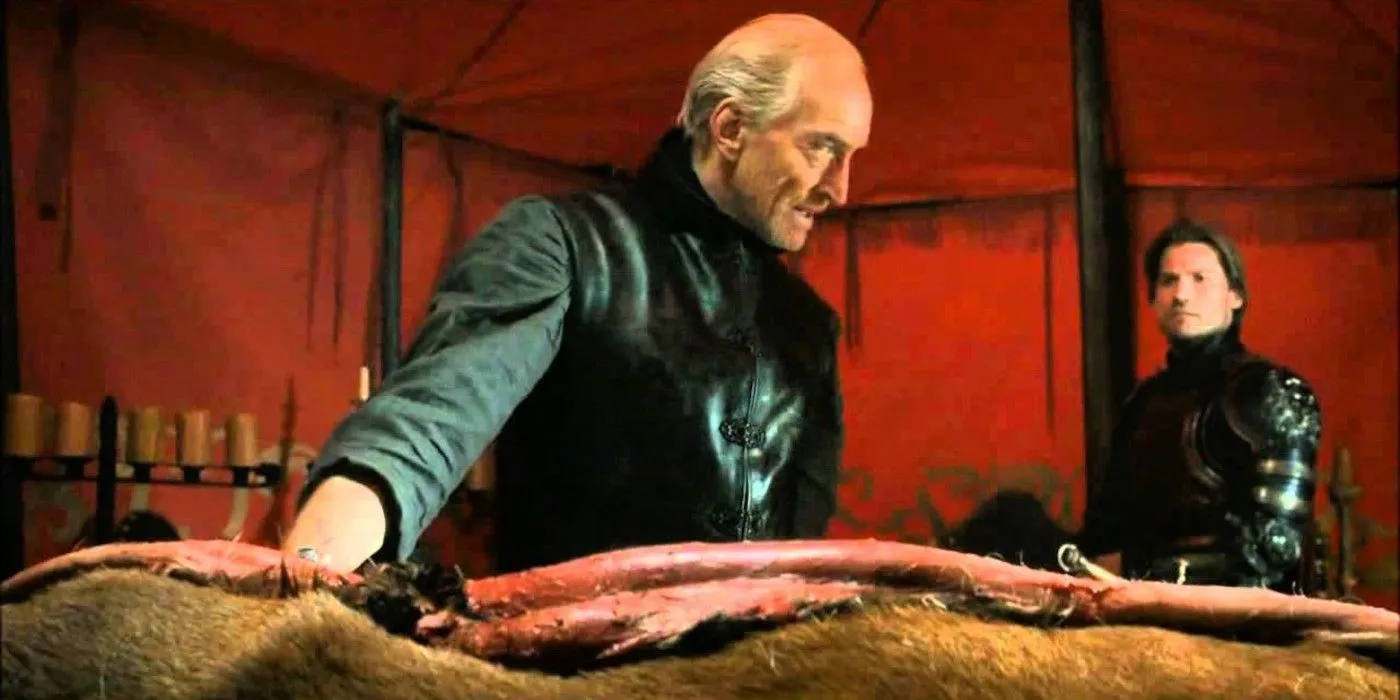
Game of Thrones excels at foreshadowing critical events, showcasing its storytelling prowess by teasing significant character deaths across just seven episodes. It’s a well-known fact that numerous main characters meet untimely ends throughout the series; however, some of the most impactful losses occur right in the show’s debut season. These early deaths not only ignite the central conflicts of the series but also establish its harsh, unforgiving tone.
While the deaths of figures such as Robert Baratheon and Ned Stark may initially catch viewers off guard, Game of Thrones carefully lays the groundwork for these events well in advance. The narrative interlaces intricate political dynamics, presenting the characters with formidable adversaries. Moreover, the series cleverly foreshadows these fatalities through seemingly unrelated animal encounters. In particular, two moments in season 1 utilize animals to hint at impending character downfalls, and these instances share intriguing similarities.
The Pilot Episode’s Stag: A Foreshadowing Device for the Starks’ Fates
The Direwolf’s Death Symbolizes Ned Stark’s Fate

The demise of Ned Stark stands as one of Game of Thrones‘ most impactful moments, and it is expertly foreshadowed in the very first episode. In this debut, Ned and his sons stumble upon a dead direwolf in the woods, leading them to adopt the direwolf pups. However, the backstory of the mother direwolf’s death is highly significant: she meets her end impaled by a stag’s antlers. This imagery, with the direwolf representing House Stark and the stag symbolizing the Baratheons, is a deliberate narrative choice.
The foreshadowing is clear from the outset, as the death of the direwolf gives viewers clues about Ned Stark’s eventual demise. Ned, akin to the “adult direwolf,”meets his end at the hands of the Baratheons by episode 9. Joffrey Baratheon is the one who mandates his execution, while Robert Baratheon is the catalyst for Ned’s presence in King’s Landing. Had Ned not accepted the role of Robert’s Hand, his fate might have taken a different path. The symbolism established in the pilot hints strongly at what lies ahead.
Moreover, this foreshadowing extends to other members of House Stark entangled in the turmoil instigated by Robert and Joffrey, including Catelyn and Robb. The dead stag also bears significance; though it brings down the direwolf, it too succumbs, paralleling the Baratheons whose actions ultimately lead to the Starks’ ruin.
Subsequent Foreshadowing via Stag Death Later in Season 1
Tywin Lannister’s Stag Evisceration Coincides with Robert’s Death

Further animal-related foreshadowing occurs when Tywin Lannister skins a stag in the impactful episode titled “You Win or You Die” . This gruesome scene serves a purpose beyond mere dialogue between Tywin and Jaime; it symbolizes House Lannister’s dominance over House Baratheon. Although Tywin is not directly culpable for Robert’s demise, the imagery of the lion overpowering the stag illustrates the shifting power dynamics.
It’s Cersei who orchestrates Robert’s fatal hunting incident, and the choice to open this crucial episode with Tywin’s actions is strategic. The placement underscores the thematic connections between the two scenes — the stag’s slaughter heralds Robert’s impending death. This clever use of symbolism throughout Game of Thrones fosters deeper appreciation during rewatching, revealing layers of meaning that enrich the viewing experience.




Leave a Reply